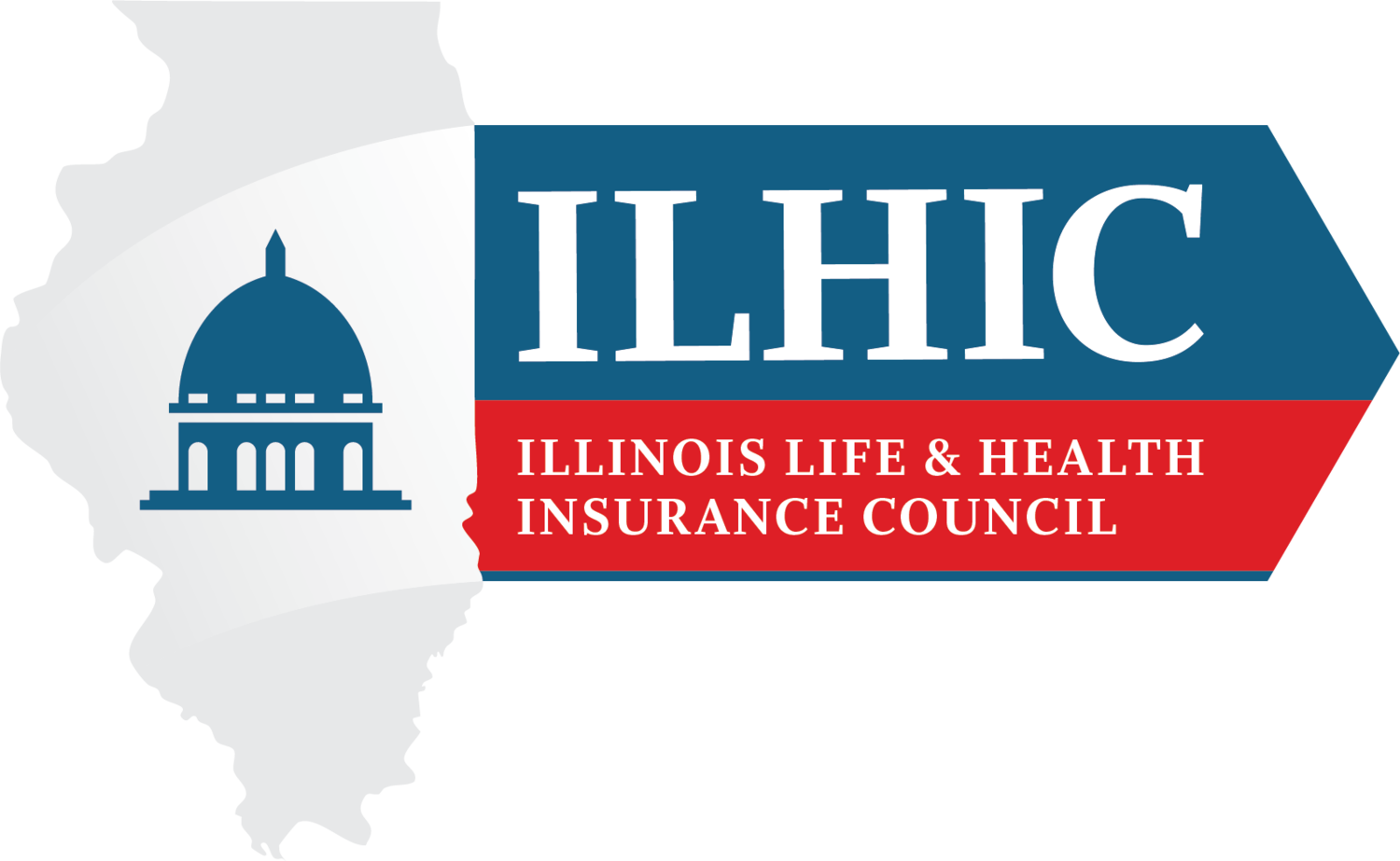Caramel Apples and Oranges Series (Part 2)
Kate Morthland
I love this time of year. Don’t get me wrong, I enjoy a backyard summer barbecue where lightning bugs dot the sunset, but there is nothing like Fall. There is a brisk chill in the air, and you get to break out your favorite sweaters from their drafty and lonesome attic prison. Cinnamon, pumpkin, and nutmeg fill your senses in stores and coffee shops. Orange and purple lights blink from porches as plastic ghosts placed in trees sway with the chilling exhale that can only come from a turn of seasons.
Yes, there is something magical about Fall. I adore walking around my neighborhood close to Halloween and seeing pumpkins proudly placed on porches. There are jack-o-lanterns that are intricately carved into beloved characters, as well as the wonderfully whimsical and traditional jack-o-lantern face, adorned with two triangle eyes, a nose, and a smile accompanied by missing teeth. Some jack-o-lanterns remind me how lucky I am to see the dentist regularly! With all the sweet treats that fill plastic buckets this season, many parents remind their children to brush, floss, and stay on top of their dental care. Visiting the dentist regularly for care is another important aspect of dental health. The poor jack-o-lanterns don’t stand a chance. However, mandating the dental loss ratio for the state of Illinois would steal Illinoisian’s opportunity for affordable and accessible dental insurance, a too spooky reality for families and businesses in this State.
A dental loss ratio is another way that legislative policies try to mirror products that are different from each other. Similar to our last “Apples to Oranges” blog post, one-size-fits-all legislative measures for different insurance products can have harmful effects on the availability and solvency of other products. Simply put, what’s right for one product might not work for another product.
To understand a dental loss ratio, we must first understand what a medical loss ratio is. A Medical Loss Ratio is a mandate set forth in the Affordable Care Act (ACA) that requires health plans to spend 80 cents out of every premium dollar collected on clinical services and quality improvement, leaving the remaining 20 cents to be spent on administrative costs and profit, including salaries, overhead, marketing, and claims administration. Any health insurance plan that fails to meet the medical loss ratio is required to give rebates to its consumers.
The idea sounds alright on its face IF the two products were similar. However, health insurance and dental insurance are as different as candied apples and oranges! To begin, dental insurance plans are less costly to consumers than health insurance plans, although both health and dental companies must provide the same administrative functions. This means that if a dental loss ratio was instituted, dental plans would have much less to spend towards the administration of the product with the same administrative demands, such as the processing of dental claims.
For example, let’s say that you pay $25 each month for your dental insurance premium and $600 for your health insurance premiums. If these products were treated similarly with a loss ratio, your health insurance plan would be able to utilize $120 for administrative costs, while your dental insurance would only be able to utilize $5 for administrative costs. That’s less than a pumpkin spice latte! For these products to be able to pay their administrative costs, this would mean that the cost of dental insurance would have to increase to maintain operational functions and keep providing insurance benefits to Illinois consumers. Application of the dental loss ratio would also result in fewer plan options available on the market with some companies already ending the sale and marketing of their dental insurance products in Massachusetts, which just this year became the first and only state to have implemented a mandatory dental loss ratio.
Under the ACA, employers with 50 or more full-time equivalent employees must offer comprehensive health insurance to their eligible employees. However, they do not have to offer dental insurance to any of their employees. As the cost of health care continues to increase, mandates like a dental loss ratio on a voluntary insurance product like dental insurance may reduce consumer access to a product that keeps teeth healthy and strong enough to enjoy all of those caramel apples to come.
This spooky season, enjoy your autumnal coffees and treats but keep the tricks at bay. One-size-fits-all policy methods will not bear the same fruit!
Happy Halloween from the Illinois Life and Health Insurance Council!

